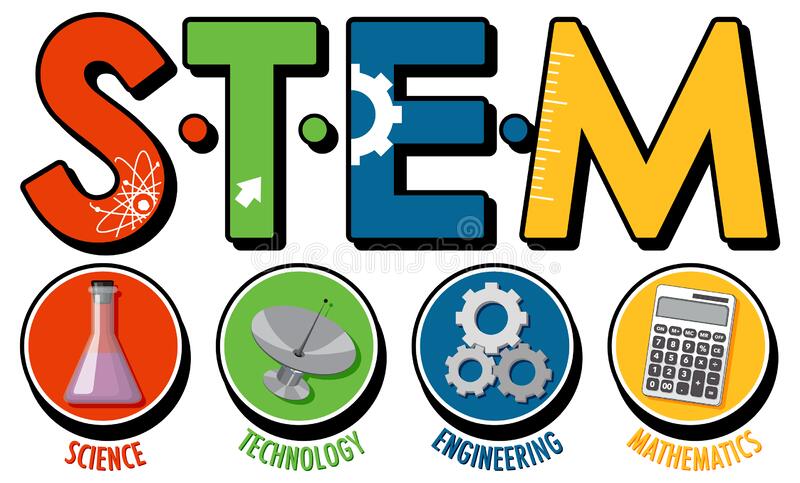STEM (science, technology, engineering, and mathematics) is a broad group of academic disciplines that are used to address educational policy and curriculum choices in schools. These subjects have ramifications for workforce development, national security, and immigration policy. Let’s look at some of the benefits of STEM education. Let’s also explore Colleges with stem cell programs. This article explores some of the benefits and pitfalls of STEM education.
STEM education
The three E’s of science, technology, engineering, and mathematics – the acronym is short for “engineering, science, and math.” These disciplines are interrelated and often used as one. Education policy and curriculum choices in schools are frequently discussed under the umbrella of STEM. STEM has implications in the workforce, national security, and immigration policies, among other areas. But what are the benefits of STEM education for students? Let’s discuss some of these benefits.
STEM is a framework for learning that helps students apply their knowledge, collaborate, and understand its relevance. In this way, students develop problem-solving skills and are able to apply the knowledge they learn to real-world problems. In addition, STEM encourages students to learn about global issues and develop a global perspective. In addition to the intellectual benefits, STEM education encourages students to pursue careers that make them global citizens. And the world is a global village, and these skills are essential for any successful leader.
Examples
STEM, or science, technology, engineering, and mathematics, is an approach to teaching that connects classroom activities to real-life opportunities. In a STEM-based classroom, students might investigate the habitat of a minibeast, learn about the effects of global warming, or create a robot that solves problems. Examples of STEM in education are varied and often fun. Getting students excited about STEM can inspire them to create new and innovative projects.
The value of using manipulatives in the classroom is not new. Teachers have long used manipulatives to engage students and foster hands-on learning. Research shows that students who engage in such activities are 20% more likely to achieve higher grades than their peers without the same type of experiences. STEM, or science, is all about hands-on learning, and good teaching has always been about the hands-on experience. Examples of STEM in education, including hands-on experiences, are plentiful, and can be seen in the classroom today.
Colleges with stem cell programs
Among the colleges with stem cell programs, the University of Rochester is one of the best known institutions. The University of Rochester has a world-renowned stem cell faculty and over 200 staff in its laboratory. This includes Ph.D. students, postdoctoral fellows, and M.D./Ph.D. students, as well as technical fellows and technicians. More than $60 million in direct cost commitments annually are generated by this university’s stem cell programs.
Students may choose to become stem cell biologists. They study the healing properties of stem cells and explore ways to grow new organs and tissues. Ultimately, they hope to develop ways to cure various diseases and injuries. A bachelor’s degree is the minimum educational requirement for stem cell research training programs, and some graduate programs may even require a doctoral degree. These programs typically last from one semester to a full calendar year, and internships may take a summer to a year.
Research on stem cells
Researchers are attempting to understand the role of stem cells in education. In fact, patients have begun to ask questions about the field, and many have turned to patient advocacy groups for support. While educational materials are valuable, they are unlikely to change demand for unproven stem cell interventions. Research on stem cells suggests that the human capacity for rational decision-making is compromised, and expert advice is not sufficient. Education must be delivered effectively to influence uptake. Patients’ advocacy groups can make a significant impact on patient education. Patient advocacy groups are typically volunteer-run, and can work in partnership with professional organizations to share information about the subject matter.
Health educators play an important role in public education on stem cells. Their roles range from conveying basic information about stem cells to addressing complex issues. While stem cell research is still relatively new, educators need to translate this complex information into accessible forms for the public. They should be aware of the ethical and moral issues surrounding the production of embryonic stem cells, as well as how stem cells are used to treat illnesses. Educators must be unbiased when presenting this information to the public.

